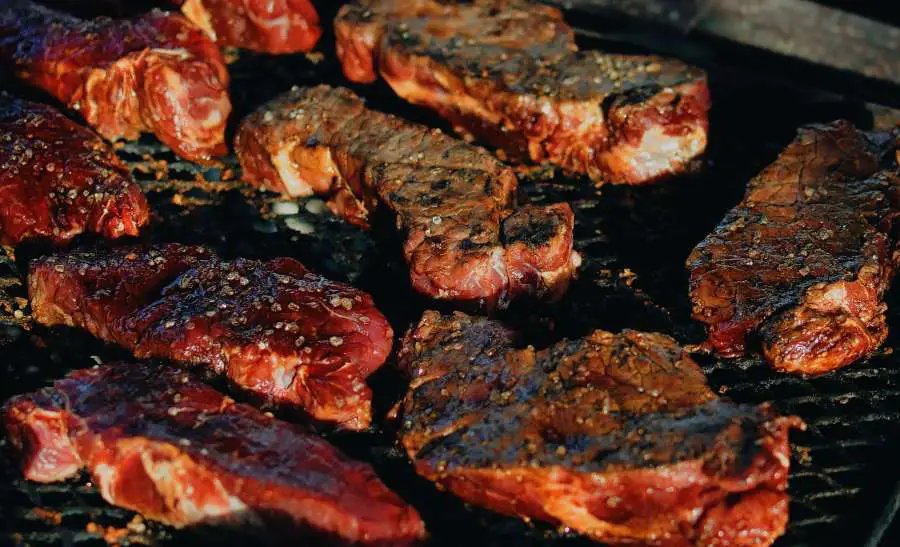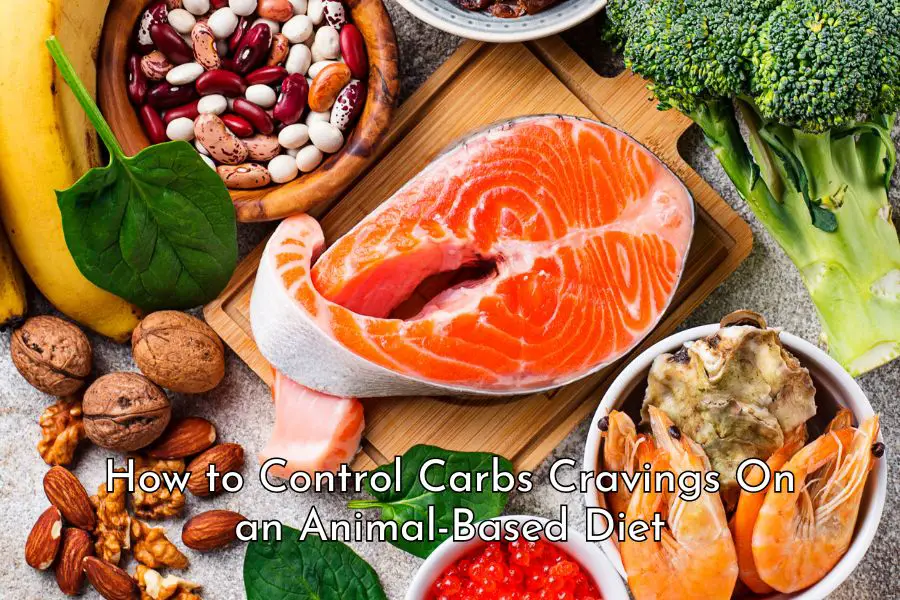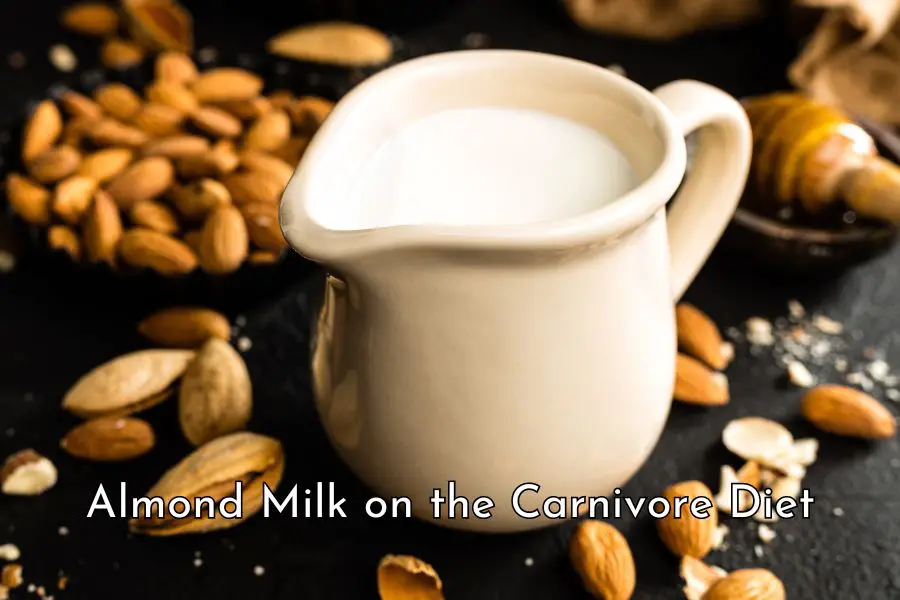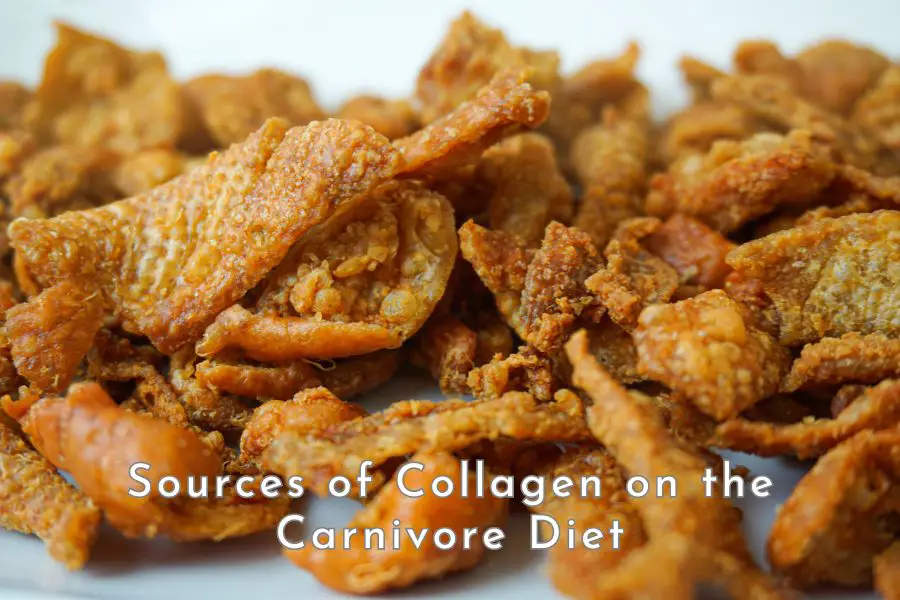This post covers 13 ways to cook your meat and their pros and cons and recommends the best ways to cook your meat on the carnivore diet.
Table of Contents
- Going raw
- Blanching
- Stewing
- Boiling
- Braising
- Pan-frying
- Deep-fat frying
- Grilling
- Broiling
- Roasting
- Air-frying
- Pressure cooking
- Sous vide
- Conclusion
Going raw
Yes, not cooking at all is one way of eating meat.
The idea of eating raw meat may feel revolting to some people, but most of us probably have eaten raw meat before in our lives and don’t even notice.
Sashimi, for example, is just slices of raw meat, typically salmon, tuna, kingfish, and scallops. Sushi can also be made with raw fish as well.
Steak tartare, which is basically just raw and seasoned ground beef, and carpaccio, an Italian dish made of thinly sliced raw fish or meat, are other examples.
Some people on the carnivore diet swear that they feel much better on raw meat than on cooked meat.
This may be due to the fact that cooking denatures some proteins at high temperatures as well as destroys natural enzymes in meat which help our body digest it better.
Alexander Ugolev, a famous Russian scientist once conducted a well-known experiment with two dead frogs, one cooked and one uncooked. He placed each into a cup filled with a carnivore’s stomach acid.
The uncooked frog was completely dissolved while the cooked frog remained largely intact with only minor surface change.
Based on the result of this experiment alone, raw meat is definitely better for digestion than cooked meat. This is how carnivores in the wild eat, they don’t cook or season their prey.
Biologically, we are mostly carnivores, our stomach acid is even higher than in carnivores, equaling that of scavengers indicating a meat diet in which the acid would provide protection from harmful bacteria. [1]
However, a major concern with eating raw meat today is the risk of contamination. Most of us would just get meat from butchers or supermarkets and we don’t know how safely they have been processed.
So unless you’re able to get your meat from reliable sources, going raw is not a good idea.
Blanching
One way to cook meat very lightly is blanching.
Blanching refers to immersing food in hot liquid (water or oil) for a very short period of time (from a few seconds to a few minutes depending on the size of the food).
There are two methods of blanching meat.
The first one is to slice the meat thinly and put it into vigorously boiling water for around 20 seconds to 60 seconds, depending on the size of the meat pieces. You can use a colander, a sieve, or a slotted spoon to dip the meat in the boiling water and remove it quickly.
This is a great way of cooking your meat very gently if you don’t want to eat raw meat for safety reasons.
It is also better than high-heat cooking methods (further discussed below) which lead to the formation of high levels of advanced glycation end products (“AGEs”).
AGEs have been found to contribute to increased oxidant stress and inflammation and are linked to a number of health problems. [2]
Blanched meat still tastes great if you are really hungry but it doesn’t have the sort of flavor that high-heat cooking methods like searing, grilling or roasting bring.
The second method is to put the whole chunk of meat into cold water, bring to a boil and keep it boiling for about five minutes. This is usually prep work that some dishes require although you could slice up the meat and eat it as is.
Blanching will kill pathogens on the meat’s surface, release foams and bubbles and reduce the gamey flavor or the offal taste in some meat. This is also the reason why some people blanch bones to get rid of impurities in order to get a clearer bone broth.
Poaching is almost like blanching but heat is kept very low, just enough to keep the liquid simmering.
Poaching is suitable for delicate food like eggs or small slices of meat, poultry, and fish.
Stewing
Stewing meat involves cooking meat pieces of similar size in liquid (water or stock) on low heat over a long period of time.
On the carnivore diet, stewing or braising is often used in cooking tougher cuts of meat or meat with a lot of connective tissues like chuck roast, brisket, short ribs, shanks, oxtails, osso buco, beef tendons, or pork trotters.
Stewing is a great way to eat those tough cuts of meat and add more collagen-rich food to your diet.
Stewing also results in lower levels of harmful AGEs in cooked food due to high moisture levels and low temperatures.
Slow cooking is similar to stewing which can be done with an ordinary pot at a very low temperature with extended cooking time (four to eight hours or longer) or a special slow cooker.
Boiling
Boiling meat is like blanching but instead of stopping after a few minutes, you keep going until the meat is fully cooked and becomes tender.
Some people also add seasoning to enhance the flavor of the meat.
You can eat boiled meat straight or use it to cook other dishes.
Similar to blanching, an advantage of this cooking method is that it results in a lower level of AGEs due to lower temperatures and higher moisture levels compared to frying, roasting, or grilling. [3]
However, not everybody like the taste of well-boiled meat unless it is appropriately seasoned.
Braising
Braising is very similar to stewing in that meat is cooked in liquid over a long period of time on low heat but there is one extra step involved in braising.
When braising, meat is browned first and then transferred to a pot or pan to be simmered on low heat in a small amount of liquid (water or stock) whereas, in stewing, meat is just simmered in liquid till it’s cooked.
Braising is suitable for tougher and cheaper cuts of meat like lamb shank, lamb shoulders, chuck roast, beef short ribs, pork shoulder, pork trotters, or whole chicken.
Pan-frying
Pan-frying is a cooking technique that involves the use of a frying pan with or without cooking oil to cook meat on medium to high heat.
Cooking oil is usually used to prevent the meat from sticking to the frying pan. However, if you cook fatty cuts and heat the frying pan on high heat before adding the meat, you usually don’t need to use cooking oil.
Pan-frying is a quick and easy method to cook flavorful crusty and caramelized steaks.
Tender cuts with little or no connective tissues are more suitable for pan frying, for example, sirloin, rib-eye, rump steaks, and T-bone steaks.
An advantage of pan-frying is, if you pan-fry a large chunk of meat, you are making sure the meat is safe to eat and while the outside is cooked, the inside can be rare or medium rare which improves digestion.
Pan-searing is similar to pan-frying but usually involves high heat and needs a very short cooking time aiming to brown the meat on all sides but not cooking through.
Stir-frying is similar to panfrying but you need to stir continuously to make sure the meat is cooked evenly.
This method is usually used to cook thinly sliced pieces of meat.
Deep-fat frying
Deep-fat frying refers to cooking by submerging food in hot fat.
Although not a common cooking method amongst the carnivore diet community, you can deep-fry steaks, chicken wings, pork belly, or fish for enhanced flavors and a crispy exterior.
If you do deep frying, it’s best to use animal fat because it is high in saturated fat and less prone to oxidation.
Like pan-frying, air-frying, and grilling, deep-fat frying uses high temperatures and facilitates the formation of AGEs during the cooking process.
Deep-frying is considered an unhealthy cooking method and has been linked to increased cancer risk. [4, 5]
It also wastes a lot of oil unless you re-use the oil.
However, reheating oil is not a good idea because it results in the formation of free radicals which causes inflammation in the body, a root cause of many diseases such as obesity, diabetes, heart diseases, and hypertension. [6, 7]
Grilling
Grilling uses direct radiant high heat from below to cook meat. Grilling can be done over hot coals, an open fire, gas flame, heating elements, or in an electric oven.
Grilled meat has distinctive flavors due to the interaction between sugar and protein (called the Maillard reaction) when the meat reaches a temperature of 285°F (140°C) and beyond.
Because grilling removes moisture quickly, it is suitable for tender and fatty cuts of meat like ribeyes, porterhouses, t-bones, strip steaks, and hamburger patties.
While quick and easy, grilling like other high-heat cooking methods results in the formation of harmful chemicals.
For example, heterocyclic amines (HCAs) and polycyclic aromatic hydrocarbons (PAHs) that are formed during high-heat cooking have been found to be carcinogenic. [8]
Advanced glycation end products (AGEs) mentioned above and acrylamide are other Maillard reaction byproducts that are hazardous to your health. [9, 10, 11, 12, 13]
Broiling
Broiling is similar to grilling but it uses direct heat from above to cook your food instead of heat from below.
Broiling is suitable for cooking tender cuts of meat like ribeye, tenderloin, strip steak, porterhouse steak, T-bone steak, meat patties, kabob, bacon, butterflied leg of lamb, chicken drumstick, and chicken drumette.
Broiling is a great way to char meat, create crisp crusts, and help bring out flavors through the Maillard reaction.
With both grilling and broiling, due to high heat and fast browning, you need to keep a close watch on the food or use a timer to prevent it from burning.
Roasting
Roasting involves the use of hot air to cook food in an oven or over an open fire.
Roasting can work for large cuts of meat, whole chicken, or whole turkey and can be done on high heat or low heat over a long period of time.
Tender meat can be roasted in a short period of time while tougher meat or meat with a lot of connective tissues needs longer cooking time on lower heat.
Roasting improves the flavor of the meat but, depending on the temperature used in the process and the level of browning, can also lead to the production of harmful chemicals discussed above.
Air-frying
An air fryer is a small benchtop version of a convection oven and air-frying is not different from roasting.
An air fryer would cook meat by generating and circulating hot air around.
While air-frying may be healthier than deep-fat frying, similar to other high-heat methods of cooking, it can lead to the formation of harmful chemicals.
Pressure cooking
Pressure cooking uses high pressure to cook food in water or stock in a short period of time.
Pressure cooking produces similar results to stewing or slow-cooking but in a much shorter period of time and thus saves energy.
The basic mechanism of pressure cooking is that steam generated by heat is trapped inside the pressure cooker resulting in an increase in internal pressure and cooking temperature (to about 250°F, past the boiling point for water).
Because of the low temperature used in the cooking process and the short cooking time, pressure cooking is a great way of enjoying tenderly cooked meat without ingesting a lot of harmful chemicals.
Sous vide
Sous vide which means “under vacuum” in French is a cooking technique involving vacuum-sealing meat in a bag and cooking it in a water bath under precise temperature control.
Sous vide uses low temperatures, from around 130 °F to 160 °F (55°C to 71 °C), and a longer cooking time.
Sous vide limits the formation of harmful chemicals during the cooking process that involves high heat.
However, one common practice people use to improve the taste and appearance of sous vide meat is to quickly sear the meat after it has been cooked. This will lead to the production of harmful chemicals through the Maillard reaction discussed above.
Conclusion
There is no clear winner amongst all the methods listed above.
Quick blanching, stewing, sous vide, and pressure cooking are great because they use low temperatures with more moisture and thus limit the formation of harmful chemicals in the process. However, they don’t taste as nice as meat cooked using high heat methods.
Pan-frying, searing, roasting, and grilling are common ways of cooking meat on the carnivore diet because they are easy and convenient and yield more flavorsome meat.
Another advantage of these high-heat cooking methods is, if meat is cooked to rare or medium-rare doneness using high heat, the inside of the meat is mostly intact and the natural enzymes in the meat are not destroyed and can improve digestion.
However, as discussed above, these methods also produce harmful chemicals in the process.
A compromise could be to use a combination of more gentle cooking methods (for tougher meat cuts or cuts with a lot of connective tissues) and high-heat cooking methods (for more tender cuts).
In addition, be mindful of the downsides of the high-heat cooking methods and try to not char the meat too much, and please discard any accidentally burned meat.
Other posts you might be interested in:
How to Cook the Perfect Steak on the Carnivore Diet
Delicious and Nutritious Carnivore Meatloaf Recipe
Carnivore Beef Liver Strip Recipe
Other references:
Methods of Cooking Meat – Meatscience.org
Meat Cooking Methods – Institute of Agriculture and Natural Resources Animal Science
Disclaimer: The information in this post is for reference purposes only and is not intended to constitute or replace professional medical advice. Please consult a qualified medical professional before making any changes to your diet or lifestyle. Please check out our disclaimer for more detail.
Photo credit: Desativado





